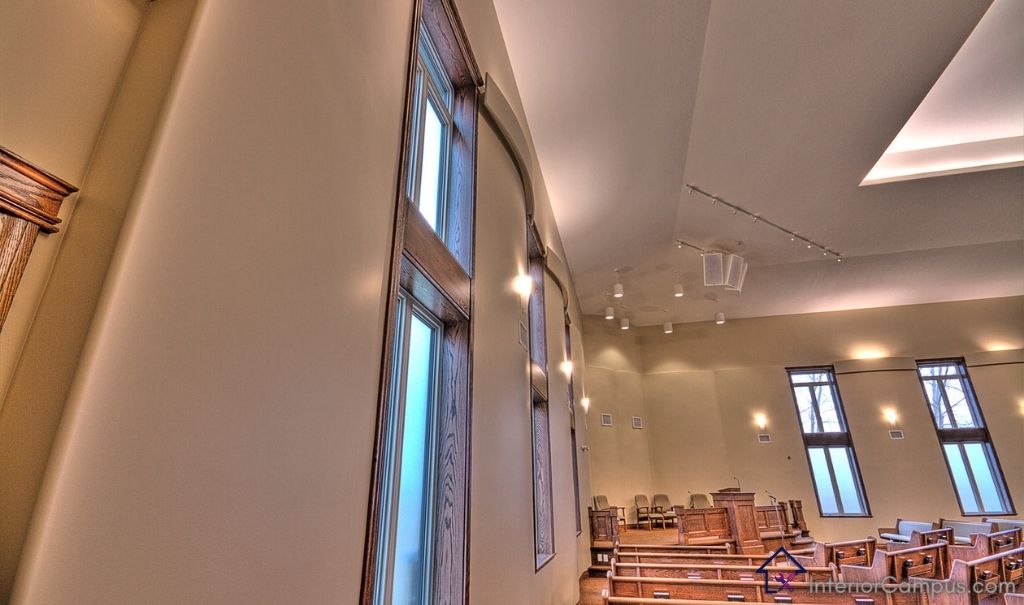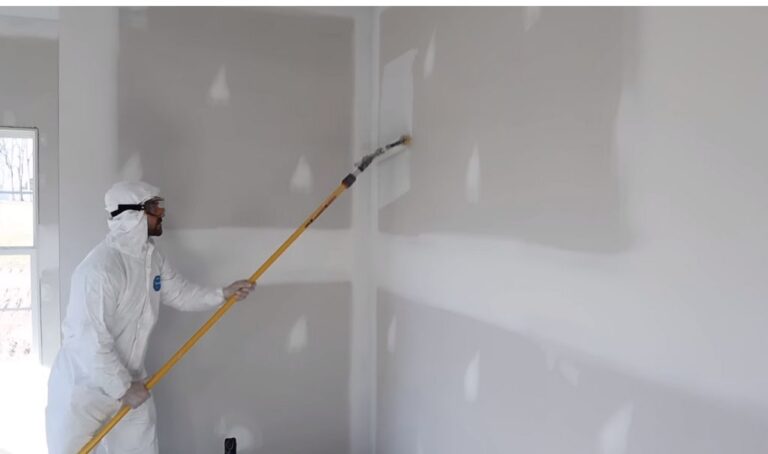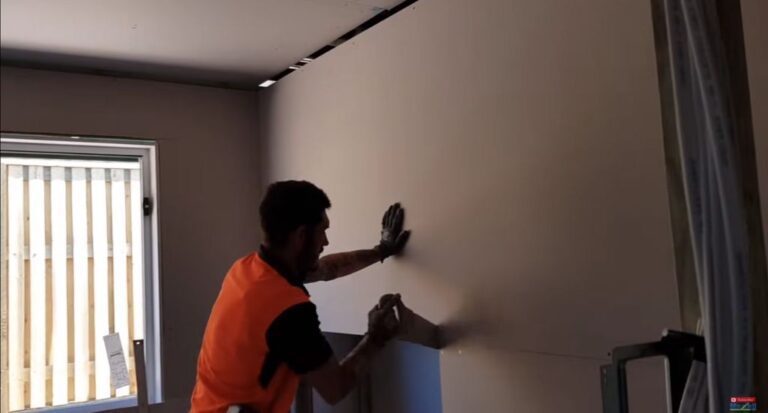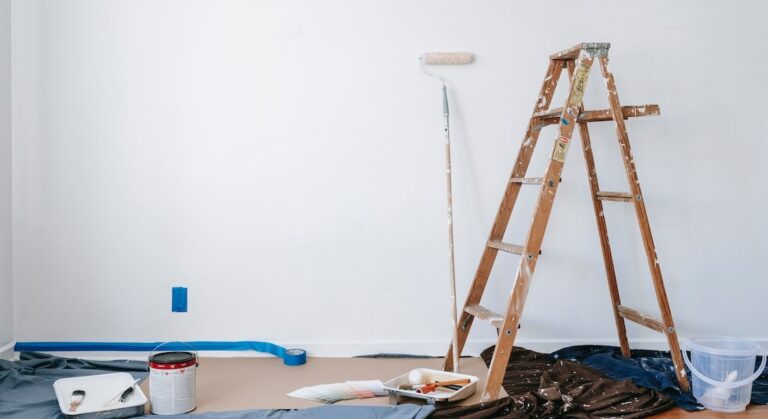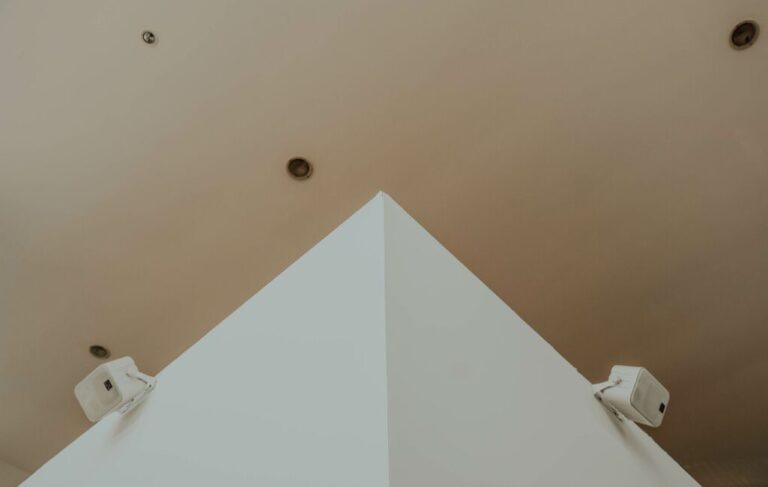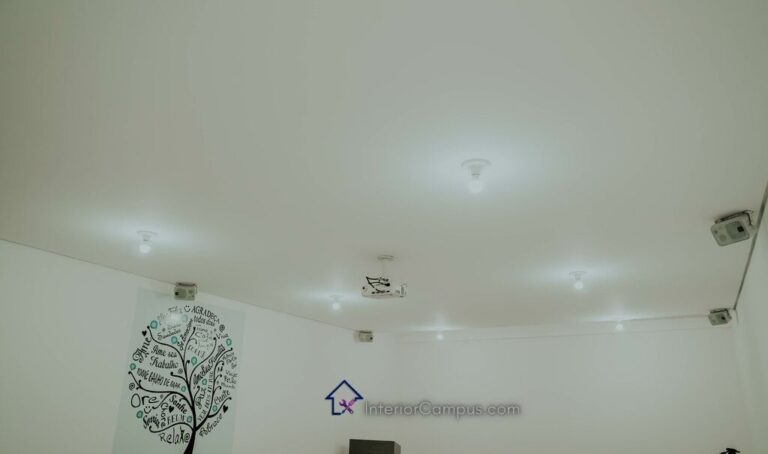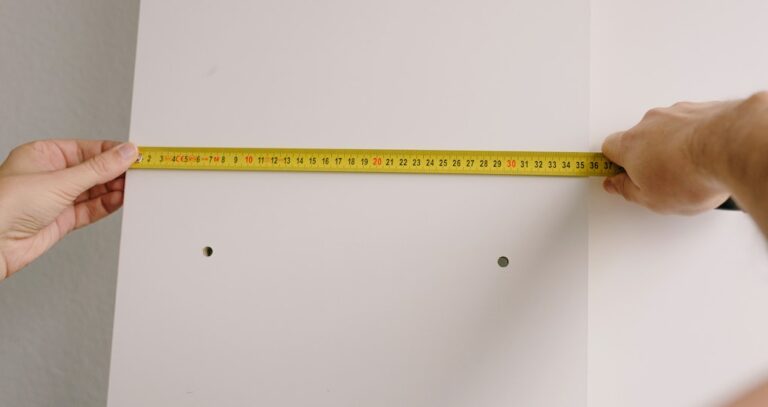Does Drywall Absorb Heat?
Have you ever wondered if your trusty drywall can truly be your home’s heat ally? It’s time to unveil the secret life of drywall in the scorching heat, answering the age-old question: Does Drywall Absorb Heat?
Yes, drywall does absorb some heat, but not as much as some other building materials, such as brick and concrete. The amount of heat that drywall absorbs depends on a number of factors, including its thickness, the type of gypsum used, and the presence of any insulation or other materials on the other side of the drywall.
I have researched something about the connection between heat and drywall. Online forums and YouTube videos do not have the proper answer. Well, the real world has the perfect answer.
My experienced Interior Designer friend had a similar experience with some of his clients who asked about heat and sound absorption through the drywall. Well, let’s stick to the heat and explore the real truth behind Does a Drywall really absorb heat?
Does Drywall Absorb Heat?
When it comes to your walls, we often take them for granted, but they do play a role in your home’s temperature dynamics. Drywall, the unsung hero of interior construction, doesn’t exactly absorb heat with open arms, but it does have a unique relationship with it.
Think of drywall as a mediator in the temperature tango between your cozy abode and the relentless weather outside. It doesn’t actively suck in heat, nor does it send it packing. Instead, it acts as a buffer, regulating the ebb and flow of warmth.
Now, the twist in this story lies in the details. The heat-holding potential of your drywall depends on a few factors. The thickness, color, insulation behind it, and even its sunbathing habits (direct sunlight exposure) all play a part in this heat-absorption tale.
But don’t be too quick to credit drywall as a heat connoisseur. It has its limits, just like the rest of us. At extremely high temperatures, it might start sweating, but don’t worry, spontaneous combustion is not on the agenda.
So, while drywall may have a casual relationship with heat, it’s no fiery affair. For a more sizzling performance in temperature control, you’ll want to look to insulation and other high-heat-achievers. Drywall? It’s just here to keep things cool, in the coolest way possible.
Does Drywall Help Keep Heat Out?
Drywall, often overlooked, can’t be described as a bouncer at the hottest nightclub in town. It won’t actively keep heat out with a velvet rope, but it does play a crucial role in maintaining your indoor comfort.
Picture it as the cool-headed guardian, standing in the doorway between your cozy den and the blazing sun. While it doesn’t slam the door on heat, it politely slows it down, ensuring your home remains a chill place to be.
The effectiveness of this ‘doorman’ depends on a few things – how thick the drywall is, the shade of its personality (light or dark colors), whether it hangs out with insulation buddies, and how much sun it catches.
But remember, it won’t be winning any heat-blocking contests. For that, you’ll need some specialized help. Drywall is just here to add a touch of style while keeping things comfy, in a ‘no-heat-allowed’ kind of way.
How Much Heat Does Drywall Absorb?
Drywall may flirt with heat, but it’s not a greedy suitor. This wallflower doesn’t gorge on warmth. Instead, it lightly nibbles on it, passing the energy from one side to the other.
The extent of this ‘nibbling’ is influenced by thickness, color, insulation buddies, and sun-tanning habits. Thick drywall and darker colors might encourage a bit more ‘snacking,’ while insulation and sunscreen (avoiding direct sunlight) can keep it in check.
Drywall can handle a certain heat level, but it’s no heat-eating champion. You won’t catch it hosting a sizzling soirée. For that, you’ll need some specialized heat-absorption rock stars. Drywall? It’s content with the occasional nibble.
Factors Affect How Much Heat Drywall Absorbs?
The heat-absorbing dance of drywall is not a solo act; it’s more like a choreographed performance, with several dancers taking the stage. To understand how much heat drywall can absorb, you’ve got to get to know its dance partners.
1. Thickness Matters: Think of drywall thickness like a winter coat. Thicker drywall has more layers to slow down the heat’s progress, which means it can put on a better show in the heat-absorption tango.
2. Color’s Influence: Drywall’s love for heat can be influenced by its color. Dark-colored walls have a thing for sunbathing and might absorb a bit more heat, while lighter shades prefer to reflect it and keep their cool.
3. Insulation’s Impact: Drywall isn’t a lone wolf; it works in tandem with insulation. When insulation joins the party, it can reduce the heat absorption influence, making the dance a bit more graceful.
4. Sunlight Exposure: Drywall enjoys a bit of sun, but too much can make it blush. If it’s subjected to direct sunlight for too long, it may reluctantly absorb more heat. So, consider curtains or blinds to give your drywall a break.
5. Humidity’s Role: Humidity isn’t exactly part of the heat absorption cha-cha, but it can affect drywall’s structural integrity. Excessive humidity may lead to moisture absorption, which can ultimately impact heat absorption.
Now, the ‘aha’ moment – it’s essential to remember that drywall isn’t a heat-absorption superstar. It’s more like a backup dancer, doing its part but not stealing the spotlight. For impressive heat control, you’ll need to bring in the heavyweights, such as insulation and climate control systems.
Understanding these factors can help you work with drywall’s quirks and create a comfortable living environment. So, while it may have its own dance moves, drywall knows when to step aside and let the headliners of temperature regulation shine. Remember, it’s not a diva; it’s content playing its part in your home’s performance.
How Much Heat Can Drywall Withstand?
In a world where temperatures can sometimes reach levels hotter than a scorching summer day, you might wonder if your drywall will hold up. Well, the good news is that drywall is no pushover, but it has limits.
At a threshold of around 212°F (100°C), the gypsum core that forms the heart of drywall starts to get a little antsy. Beyond this point, it begins to lose structural integrity, which is an architectural way of saying it starts to weaken. This is well above normal indoor temperatures, so you don’t need to fret about your walls melting while sipping a hot cup of coffee.
But remember, this isn’t an invitation to throw a barbecue in your living room. If you’re planning a wall-mounted fireplace or any other heat-producing installation, ensure proper safety measures and clearance distances.
So, while drywall can handle the heat up to a point, it’s no daredevil. For anything involving extreme heat, consult with experts or invest in appropriate fire-resistant materials. After all, your home’s safety is no joke, even if drywall occasionally enjoys a heated discussion about it.
How Much R-value does Drywall have?
You might wonder, ‘Does drywall have any R-value game?’ Well, here’s the scoop.
Drywall, truth be told, doesn’t boast a sky-high R-value. In fact, it’s more like a bit player in this insulation blockbuster. Its R-value typically hovers around 0.45 to 0.55 per inch. To put that into perspective, your cozy, insulating friends like fiberglass or foam board can easily claim R-values in the 3-5 range.
So, while drywall provides structural integrity and a canvas for your interior design dreams, it’s not the go-to for insulation. If you’re aiming for a cozy, energy-efficient space, you’ll want to layer up with some heavy-duty insulation materials and let drywall enjoy its supporting role in style. Drywall’s cool like that – it knows its place in the temperature tango.
